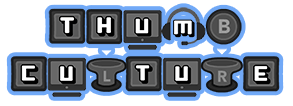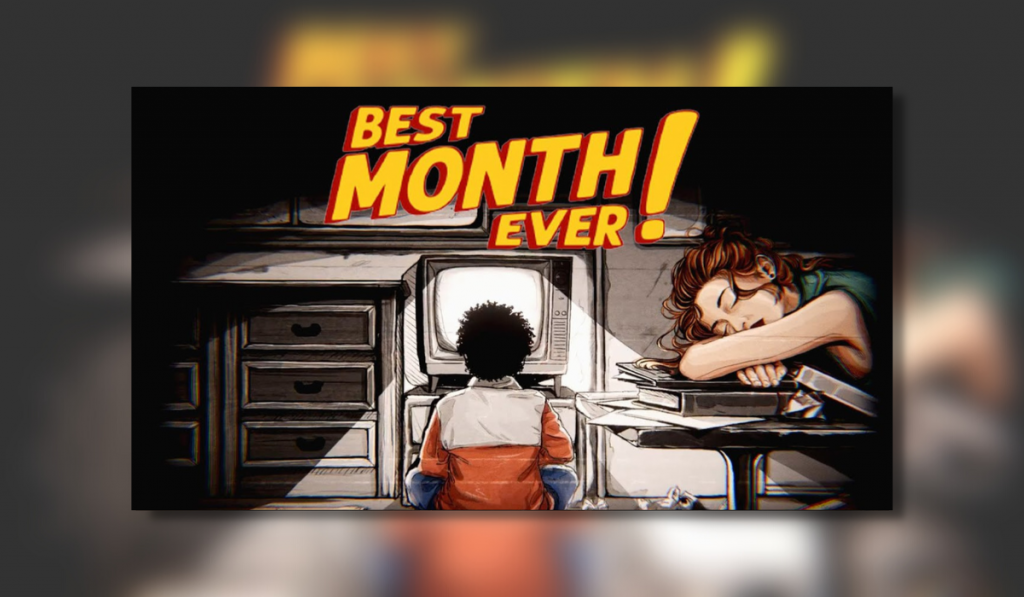
Best Month Ever! was made by the Warsaw Film School, an intriguing setup for sure. What was a film school doing making a video game? Their website says the game was made by an array of people: ‘students, graduates, and employees’. How did this work? An idyllic picture of a large group of people collaborating sprang to mind, I admit.
Best Month Ever! is a Narrative Point and Click Adventure Game, and it is out now on PS5, Xbox, Switch and PC.
WOULD A GAME BY ANY OTHER NAME STILL SMELL AS SWEET?
One of my main questions before beginning Best Month Ever! was whether a film school would find a good balance between storytelling and gameplay. There are games with a narrative emphasis that struggle to incorporate a good level of gameplay into their mix, often to their detriment. So would this be one of them?
Having said all that, narrative games have an exciting future. Improvements in VR, for example, have led to games like Vader Immortal, the three-hour Star Wars interactive narrative. With the increasing accessibility of VR, and more new technology on the horizon, narrative adventure games are in some ways a nascent genre—the rules for the future are still being written. Will cinema entwine ever closer with games? Maybe the Warsaw Film School have some interesting ideas themselves. So, in Best Month Ever! have they given us a little hint at what’s to come?
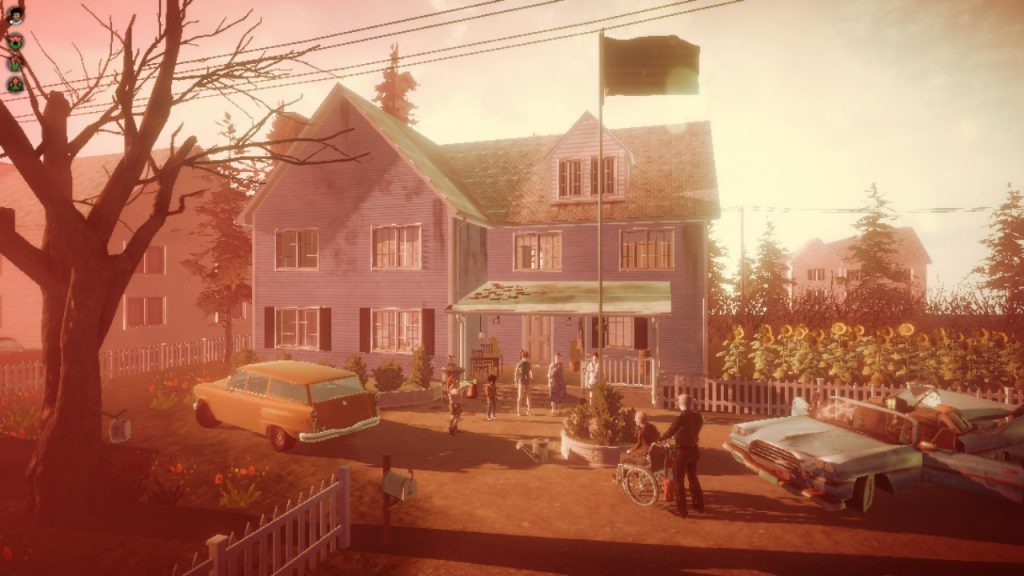
Gameplay
In Best Month Ever! you control one of two characters, Louise—a terminally ill woman in her late twenties/early thirties—and her young son, Mitch.
Over 12 chapters and roughly three and a half hours you live out their road trip across 1960’s USA. Louise is planning Mitch’s future beyond her death. First, she needs to find someone to take care of her son. Mitch, for his part, doesn’t know there’s anything wrong with his mother. He thinks they’re on a road trip and nothing more.
The story includes plenty of family drama, shady bosses, and helpful friends. Its scenes play out in diners, old family homes, seedy dancehalls, swamps, woods, and more.
Gameplay-wise you often move the characters around their environments in the name of some very basic exploration. Sometimes you are searching for something in the area—some wood for a fire, for example, or maybe you have to get something from the boot of your car. The exploration is never taxing.
The main interest in the game comes from the decisions you make in conversation with the other characters. The stakes feel real and dramatic: you are responsible for deciding the events of Louise’s final month with her son. Your decisions will frame Mitch’s memory of his mother forever. Time is precious and every decision, especially in the opening of the game, feels important because of this set-up. It’s very effective.
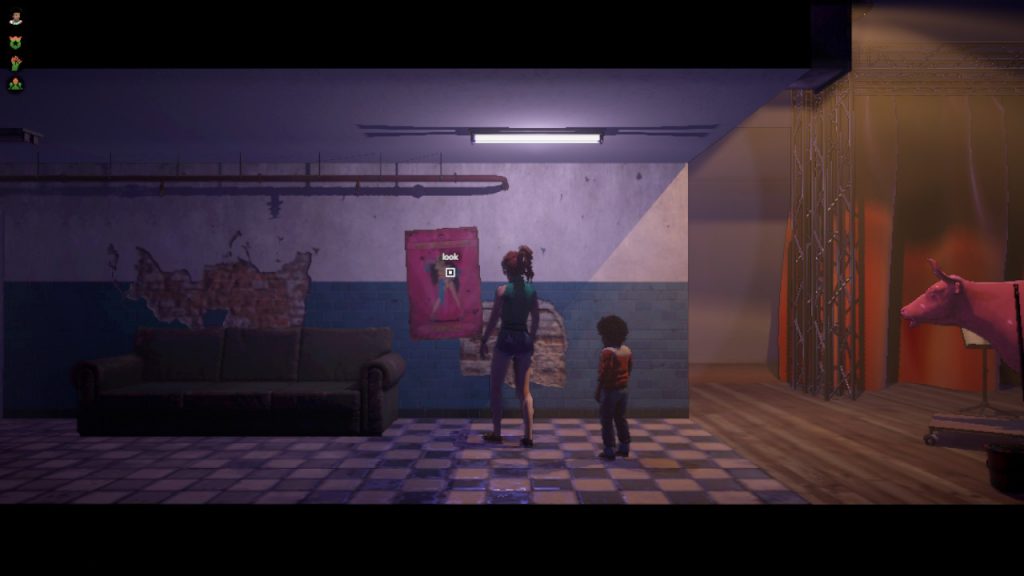
Early on the pair arrive at Louise’s childhood home. Louise hopes to spend the final month with her family, who she is estranged from, and to leave Mitch with them. The foreshadowing of conflict here is well done: Mitch is the son of a white mother and a black father, and Louise’s family are presented as an uber-conservative family—and, as I said before, this is 60’s no less. The potential for conflict is clear. Louise is hesitant, but she knocks on the door and is greeted by her sister, who she hasn’t seen for years. You are faced with a decision: greet your sister either ‘joyfully’ or ‘cautiously’. This comes across as a well observed set of choices, and they were effective at placing me in Louise’s mind at that exact moment in time.
This scene in particular plays out almost exactly like a film scene, and I am happy to say that the resolution of the conflict is surprising (no spoilers) rather than predictable. There are plenty of decisions to be made as more family members turn up at the house and as Louise and Mitch navigate the twists and turns of an awkward family reunion. I thought this was top-level writing that would have worked well enough in any medium.
To link back to my thoughts about the future of narrative gaming in VR, or any other kind of future immersive technology, I think the Warsaw Film School have made some wise narrative choices. I felt as if all the hallmarks of skillful dramatic writing were present in this scene—the foreshadowing of certain characters, deft pacing, ‘French scening’, narrative pivot points and escalating drama. With the creators being a film school, it’s apt that these features are the strongest part of the game.
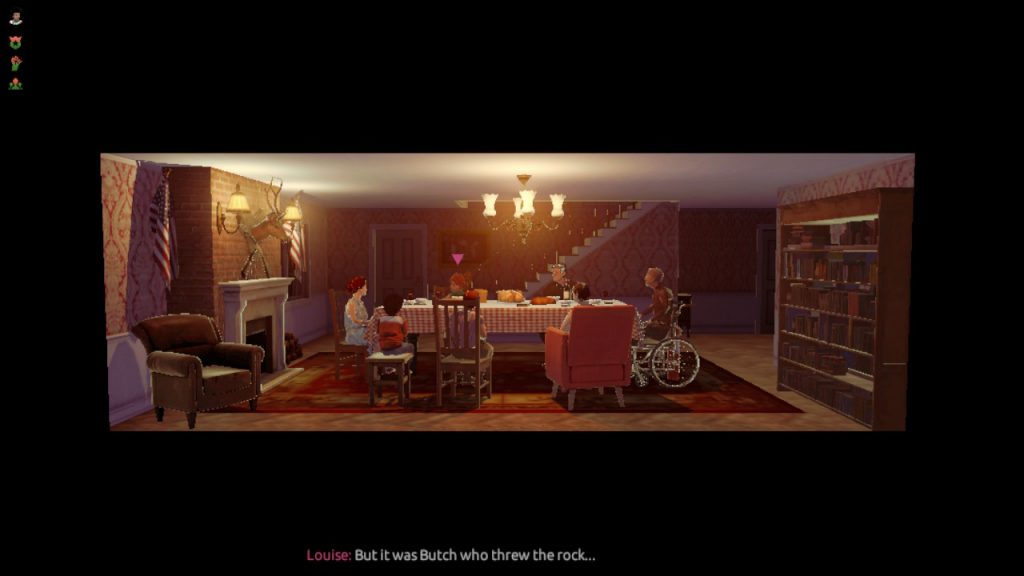
Traditionally adventure games as a genre feature some pretty mind-bending puzzles with answers that are often not immediately obvious, and it should be noted that that kind of thing is completely absent here. The puzzles are only ever very basic. Once the game settles in, the story is unashamedly Best Month Ever’s main focus.
Adding a little variety, are some interactive mini-games, which are woven into the story well. The games are often very simple: timing a button press to throw stones at a can, timing a button press to shoot a tyre out with a gun, or fishing.
These mini-games are at their best when they help place us in believable character moments. When Mitch throws stones with his cousin outside the old family home, the boys have only just met—they are getting to know each other. There is racial and familial tension between them. But there’s also the sense that both boys would appreciate a friend. However, neither of them seem sure if the other one is the right person.
Therefore, the throwing stones mini-game becomes about something else. It is about Mitch navigating a judgement-heavy moment. Mitch doesn’t want to miss because he doesn’t want to look bad. I think that’s great narrative game writing too.
There are a few very simple quicktime events, and the overall simple nature of these and the mini-games reinforce the fact that Best Month Ever is, again, all about the story.
Overall, Mitch and Louise’s developing relationship is the main draw. They are on a road trip learning little things about each other. There’s a lot of pathos built up in the opening half of the game that, admittedly, disappears from focus a little later on, but it’s still very effective. The ending is less emotional as it could have been—but it is still a well-done story.
Graphics & Audio
From the screenshots you can see that the majority of the game is shown from a ‘wide shot’ camera angle. The character models are, therefore, a little distant and simple, but it is a consistent and effective design choice. I think it worked well enough without surprising me too much.
On a more negative side, some of the details (grass etc.), at least on the Switch, can be very basic. There’s a certain utilitarian nature to things a lot of the time. Sometimes there’s not really that much detail. So on the one hand I’d say the graphics are stylised and, sure, they work well enough for the story the game is trying to tell. They have a certain retro charm with their almost PS2 level of detail. But on the other hand, it’s just not a pretty game.
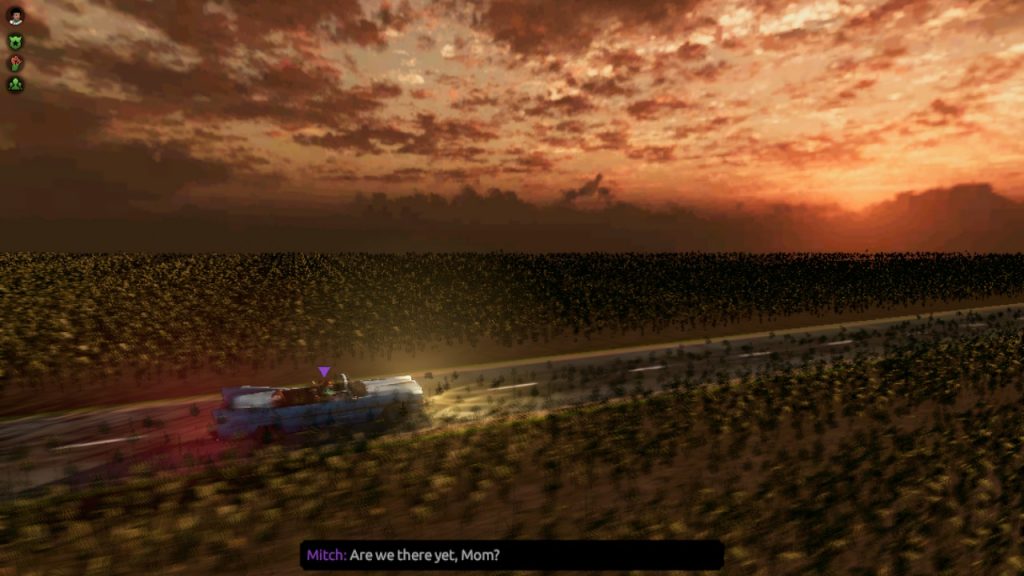
But, even here, there are surprises throughout: the backgrounds often have some nice lighting to them, and there is a genuine level of artistry throughout. With a more powerful game engine, the students/employees/graduates responsible for the graphics might have been more able to show a little more of their talents.
The audio holds the game together excellently. The music and sound effects work well throughout, and the game is voice-acted in its entirety. And it is voice acted very well. It might have seemed a little stilted in the opening, but I soon got used to it, and overall it was impressive.
Overall, Best Month Ever! is what it is—an interactive narrative told in a quite simplistic visual style—but it is definitely enjoyable.
Longevity
All your decisions affect Mitch in three vital ways: his righteousness, confidence, and relations. Different levels of each of these categories result in one of nine endings. Best Month Ever! took me three and a half hours to complete. Completionists may enjoy unlocking the extra endings, but I was satisfied with my single playthrough. Therefore, the runtime is definitely on the short side.
But if you’re into short, well-honed experiences, then this might be a positive.
Final Thoughts
The appeal of Best Month Ever! is entirely dependent on whether you are interested in interactive narratives. For those who are interested, like me, I would be inclined to give the game the next award up than the one below. The game is perhaps priced a little too highly right now considering its run time. But if narrative is your thing and you have the money to spend, then I hope you enjoy the game as much as I did.
Overall, considering the price, the slightly rough visuals (at least on the Switch) and longevity, I’m going to give Best Month Ever! the Thumb Culture Silver Award.

Disclaimer: A code was received in order to write this review.
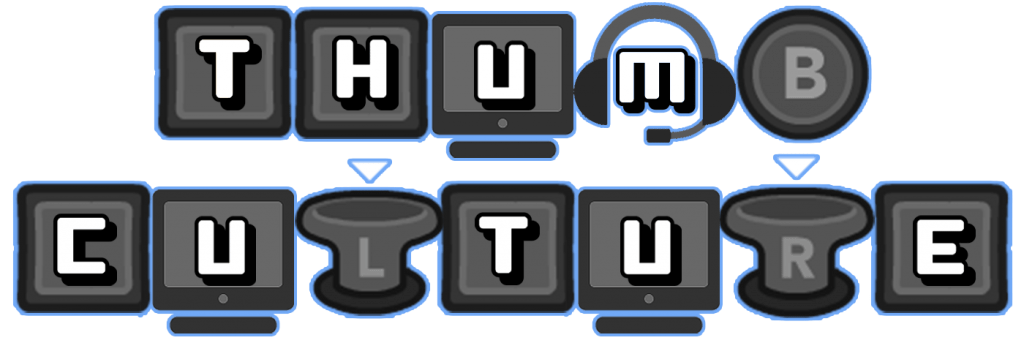
YouTube | Facebook | Twitter | Instagram | Discord | Podcast
